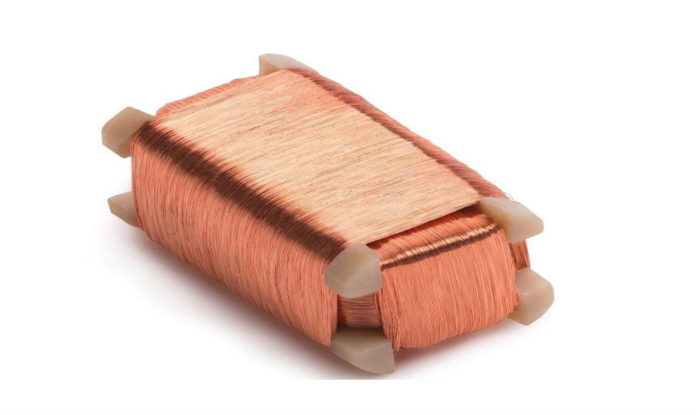A micro-coil is an electromagnetic coil that is manufactured through the winding of ultra-fine wires. As the ultra-fine wires of the micro-coils are the electrical conductors due to the use of conductive materials such as copper, this helps in the preparation of electromagnetic coils. The shape and dimension of the micro-coils depend on how a manufacturer designs to shape the coil such as a shape of round, helix, or spiral. Different shapes and sizes of the coils are effective to provide different resistance, inductance, and magnetic field, and thus, different coils fulfill different purposes. Although the main mechanism of a regular coil and a micro-coil is quite the same, the basic difference lies in the size of the coils as the micro-coils are extremely tiny in shape and requires a magnifying glass to work with the coils.
The Mechanism of Electromagnetic Coils:
In order to prepare the devices such as transformers, inductors, electromagnets, and sensor coils where interaction occurs between electric currents and magnetic fields, electromagnetic coils are necessary. In order to make this interaction, a manufacturer either aims to generate a magnetic field by providing electric current through the wire of the coil or aims to generate an electric current in the wire by providing an external time-varying magnetic field in the interior of the micro-coil.
Manufacturing Challenges:
In this modern world, manufacturers face two different types of manufacturing challenges such as- i) miniaturization challenges for the tiny shape of the micro-coils and ii) micro-coil challenges for the use of technology in the manufacturing process.
- i) Miniaturization Challenges:
Designers are now facing size constraints significantly. For instance, designers of invasive devices in the medical field face a challenge to fit the micro-coil within the physical size of the devices. For this reason, designers are proposing the preparation of micro-coils that are smaller than the cross-sectional area of a needle. Therefore, as the demand for microscopic and miniaturized parts is increasing to build the components, the requirements for state-of-the-art positioning systems and micro-motion control are also increasing.
- ii) Micro-coil Challenges:
Due to the tiny size of the micro-coils, manufacturers use ultra-fine wires in the preparation of micro-coils. Using ultra-fine wire of 8 microns in diameter to prepare the micro-coils is a great challenge for the manufacturers. Nowadays, manufacturers can not rely on the traditional methods in order toconnect two ultra-fine wires and to wind the ultra-fine wire around a core for the preparation of the micro-coils. For this reason, custom machinery and methods have become an essential part of the manufacturing process of micro-coils.
Ultra-fine Wires Connection:
In order to connect two ultra-fine wires, manufacturers now rely on thermal compression bonding technology. This technology is effective to join an ultra-fine wire withanother wire of 12 times thicker diameter and it can also provide corrosion-free, high reliable, and strain-free joins.
Winding of Micro-coils:
In order to manufacture micro-coils, one needs to wind ultra-fine wires around a core. When there is a demand for coreless micro-coils, the manufacturer eliminates the core after the winding process. To offer tight tolerance and quality standards, manufacturers in modern days use effective custom-made machinery for the winding process.




